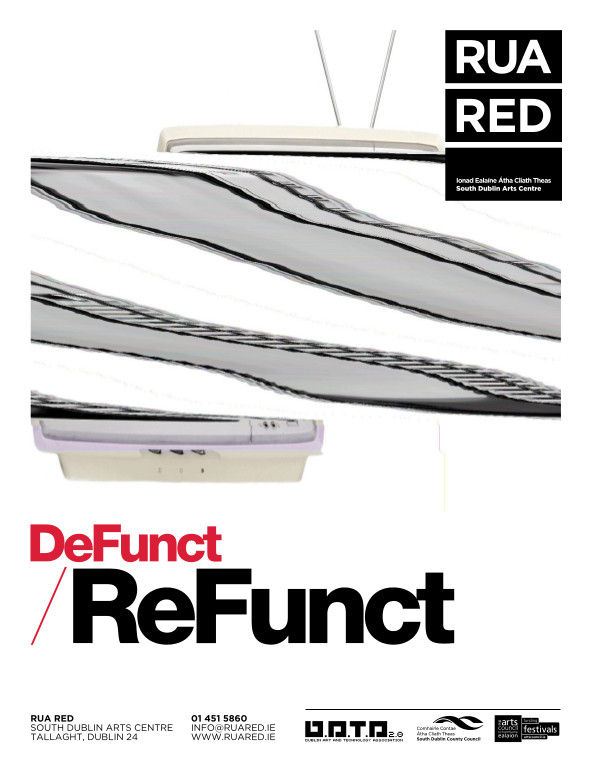Nick Montfort, et al.: 10 PRINT CHR$(205.5+RND(1)); : GOTO 10 (2012)
Filed under book | Tags: · code, computer games, gaming, programming, software, software studies

“This book takes a single line of code–the extremely concise BASIC program for the Commodore 64 inscribed in the title–and uses it as a lens through which to consider the phenomenon of creative computing and the way computer programs exist in culture. The authors of this collaboratively written book treat code not as merely functional but as a text–in the case of 10 PRINT, a text that appeared in many different printed sources–that yields a story about its making, its purpose, its assumptions, and more. They consider randomness and regularity in computing and art, the maze in culture, the popular BASIC programming language, and the highly influential Commodore 64 computer.”
By Nick Montfort, Patsy Baudoin, John Bell, Ian Bogost, Jeremy Douglass, Mark C. Marino, Michael Mateas, Casey Reas, Mark Sample and Noah Vawter
Publisher MIT Press, November 2012
Software Studies series
Creative Commons Attribution-NonCommercial-ShareAlike 3.0 License
ISBN 0262018462, 9780262018463
328 pages
Review: Håkan Råberg (Computational Culture)
Comment (0)Benjamin Gaulon (ed.): DeFunct/ReFunct, catalogue (2011)
Filed under catalogue | Tags: · art, circuit bending, error, glitch, hardware hacking, media art, physical computing, programming, recycling, technology

Mobile phones, communication devices, game consoles and PCs have short lifespans. How can we rethink, reuse and reinvent our e-waste? Hardware hacking, programming and physical computing are becoming part of artistic scope. There is a growing interest among artists and designers to know more about these domains of creation.
Catalogue for the DeFunct/ReFunct exhibition held in Rua Red, Dublin, as part of the Glitch Festival.
With texts by Benjamin Gaulon, Garnet Hertz & Jussi Parikka, Rosa Menkman, Alessandro Ludovico, Eduardo Navas, Phillip Stearns.
Featured artists: LoVid (Tali Hinkis and Kyle Lapidus), Gijs Gieskes, Recyclism (Benjamin Gaulon), MNK (Karl Klomp), TokTek (Tom Vebrugen), Rosa Menkman
Publisher RUA RED, Dublin, Ireland
ISBN 9780957077713
32 pages
Christopher Alex McLean: Artist-Programmers and Programming Languages for the Arts (2011)
Filed under thesis | Tags: · art, code, computing, language, live coding, programming, software, software art, sound recording, synaesthesia, visual programming
“We consider the artist-programmer, who creates work through its description as source code. The artist-programmer grandstands computer language, giving unique vantage over human-computer interaction in a creative context. We focus on the human in this relationship, noting that humans use an amalgam of language and gesture to express themselves. Accordingly we expose the deep relationship between computer languages and continuous expression, examining how these realms may support one another, and how the artist-programmer may fully engage with both.
Our argument takes us up through layers of representation, starting with symbols, then words, language and notation, to consider the role that these representations may play in human creativity. We form a cross-disciplinary perspective from psychology, computer science, linguistics, human-computer interaction, computational creativity, music technology and the arts.
We develop and demonstrate the potential of this view to inform arts practice, through the practical introduction of software prototypes, artworks, programming languages and improvised performances. In particular, we introduce works which demonstrate the role of perception in symbolic semantics, embed the representation of time in programming language, include visuospatial arrangement in syntax, and embed the activity of programming in the improvisation and experience of art.”
Doctoral thesis
Goldsmiths, University of London, October 2011
Supervisor Geraint Wiggins
Co-supervisor Mark d’Inverno
172 pages

